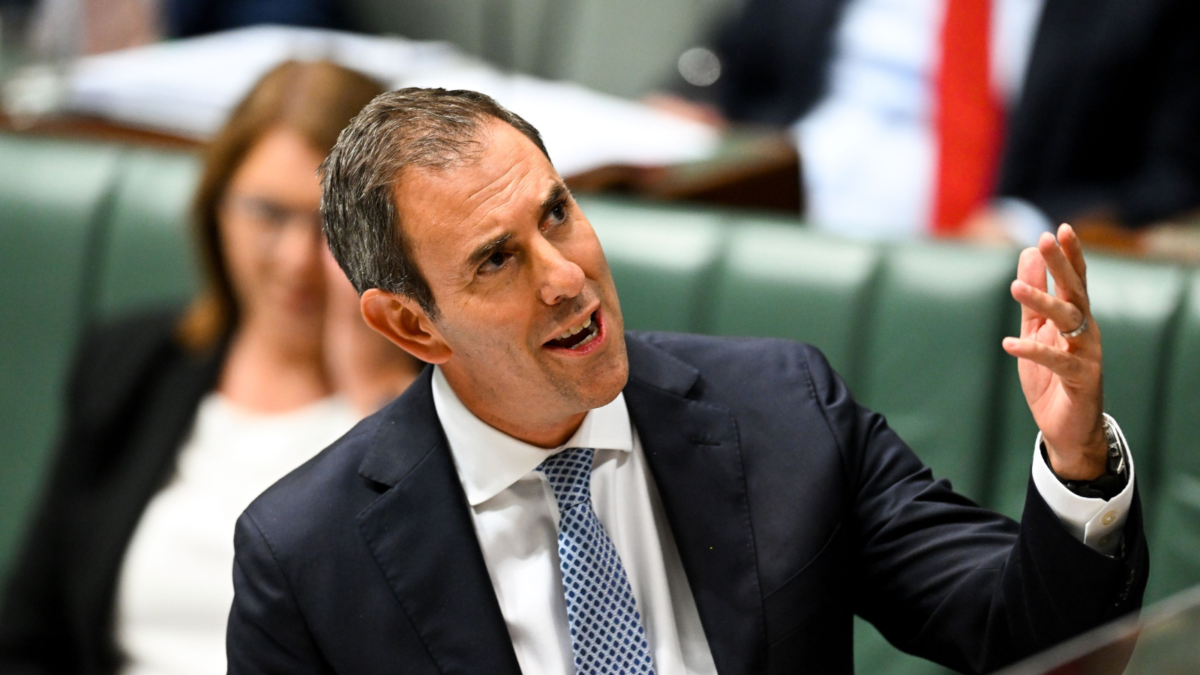Investors are looking for downside protection in all the wrong places
Private markets assets would seem to offer investors the chance to have their cake and eat it too, with the likes of private equity and credit promising equity-like returns as well as diversification and downside protection in the event of a liquid market sell-off.
But if it sounds too good to be true then it usually is. Something that provides an equity-like return almost certainly comes with equity-like risk – and lack of liquidity is always bad news at the bottom of the market.
“The two itches that people have got to scratch are the lack of genuine diversifiers and the lack of genuine downside protection,” says Atlantic House co-founder Andrew Lakeman. “If you need the economy or markets to be good for an asset to perform then it’s just another way of getting an equity return… People don’t have enough memory of what sell-offs are like and how assets are correlated and how things become illiquid.”
The bottom line is that “everybody is long loads of risky assets” and are just hoping that they’ll get some protection from them in the case of a major downturn. What investors actually need is something that doesn’t look like anything else in their portfolio, Lakeman says, and that’s where typical tail risk strategies – which offer significant downside protection, usually at a significant cost – would usually come in.
But because of the real and opportunity costs associated with allocating to tail risk strategies, even the best and brightest investors can get them wrong. CalPERS, one of the world’s biggest pension funds, famously unwound its tail strategies with a number of external managers just months before the Covid-induced 2020 market drawdown, missing out on a multi-billion dollar payday because it was concerned about paying large amounts for something that would only perform during rare market catastrophes.
But Atlantic House’s Uncorrelated Strategies fund combines carry and trend strategies with tail to provide positive returns in normal conditions as well as when markets are trending up and down.
“We blend it all together,” Lakeman says. “And we try and make you a lot of money in a big, bad year, and a bit of money in a good year, and there’s a year in the middle where markets whipsaw back and forth where we don’t do so well – but there’s loads of other great assets in your pot. It’s a long volatility, downside-focussed strategy.”
And when there is a big sell-off, investors can use the money they’ve made to buy good assets cheaply before re-allocating to the strategy again later.
“You own something like this to provide liquidity when everything is down,” Lakeman says. “That’s money that you’re going to make in a sell-off, because you’re not going to be able to get your illiquids sold. Have something that made a lot of money would allow you to take cash out and buy the bottom of the market.”
“People are in love with private credit or they think it’s going to blow up. But regardless of whether they love it or hate it, they still need something that is actually uncorrelated, because it’s going to give them protection they don’t currently have.”











